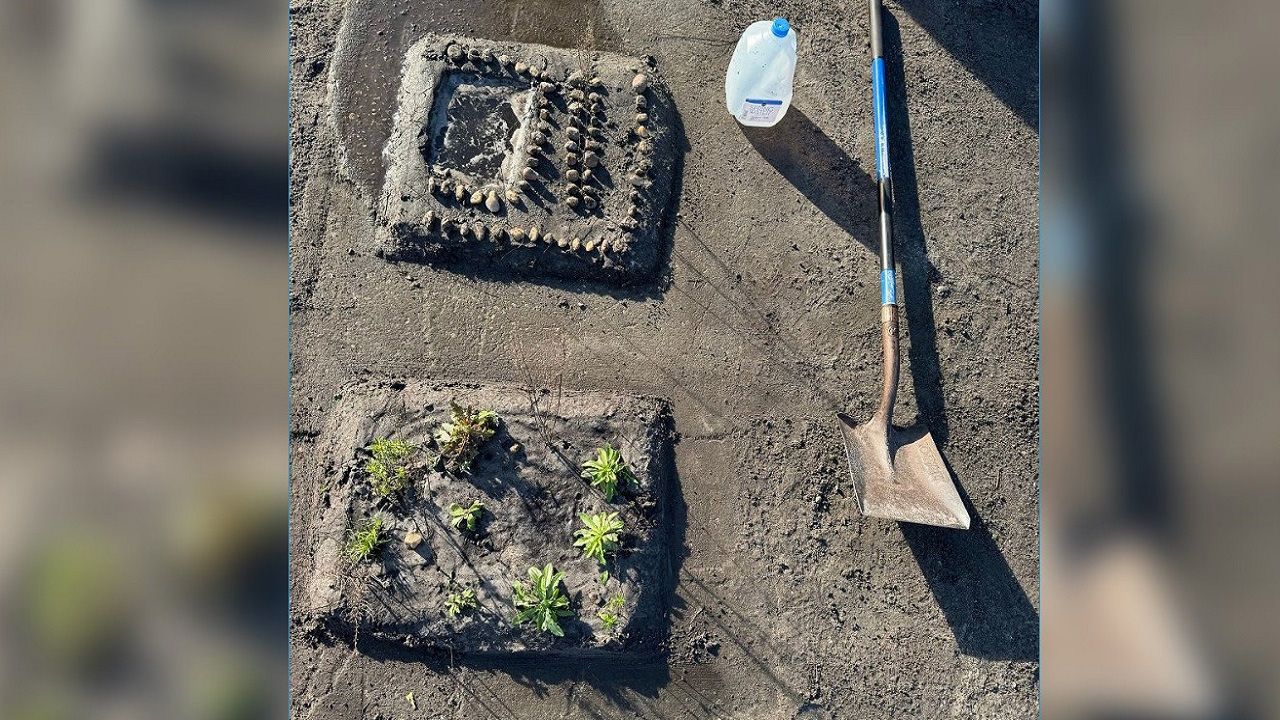DELAND, Fla. — Discussions over a potential development moratorium in Volusia County continued Tuesday for the first time this year.
In a motion, the Volusia County Council decided not to move forward with a countywide development moratorium. The motion included five other solutions brought forward during the meeting by council members.
Two items suggested were not included in the motion. One item, suggested by county chair Jeff Brower, was to end raising the land for high-rise development. While that item did not pass, the council plans to look into the legalities of that request.
Residents from all over the county filled the chambers in DeLand Tuesday afternoon in an effort to address the ongoing flooding issues.
There were some who are pro-moratorium and others who are against a moratorium, but one thing everyone in the chambers shared was a desire for immediate solutions.
DeLand resident JC Figueredo said two months ago his property looked like a lake.
Figueredo said that to this day he still has between 1 to 4 feet of water leftover from Hurricane Milton.
He said runoff from neighboring developments surrounding his property has exacerbated the issue.
“We have personally 15 acres, which at any type of rain event or rainy season we lose probably three quarters of that to flooding," he said. "Our house is on a little island. It’s not a nice island, it’s disgusting."
Figueredo made a sand model to demonstrate what is happening because of the neighboring sand ponds that are infiltrating his property.
He is among many who are calling for a temporary halt on development in certain areas of the county to give engineers time to revisit some of the pond construction that he says is contributing to flooding problems there.
“Clearly, there are issues. It’s a countywide issue of ponds failing, but it’s getting worse and there are hundreds and hundreds of people that are having problems, and it’s growing,” he said.

Figueredo made a sand model using the sand from his driveway to demonstrate what is happening because of the neighboring sand ponds that are infiltrating his property. (Photo Credit: JC Figueredo)
On behalf of affected residents like Figueredo, Volusia County District 4 representative Troy Kent requested answers from the county’s Public Works Department for the ongoing problem.
“What assurances can we as a county implement so that I will feel better if I ever approve any development going forward that truly the water on their property is going to stay on their property?” Kent asked.
The Public Works Department referenced the record amounts of rain influencing the groundwater table, admitting that there is currently no stormwater system that can be designed to handle these large rain events.
Since many residents expressed concerns over whether new developments were adhering to the county’s stormwater regulations, county officials promised to review the standards that are needed for a moratorium.
However, DeLand resident and developer Robert Fitzsimmons said that a moratorium will do more harm than good for the county.
He said addressing flooding concerns begins by updating the county’s stormwater regulations.
“The mitigation you’re going to get from a moratorium is going to be really minimal as far as the existing problem is concerned, and the impact on the economy is going to be significant,” Fitzsimmons said.
Public Works staff wanted to remind residents of the many solutions that the county has already been working toward and the investments that have been made, including tens of millions of dollars spent on stormwater management and an additional $5-$6 million on stormwater maintenance alone.
Other solutions down the line could include pump stations, watershed analyses and even acquisition or demolition of properties.




